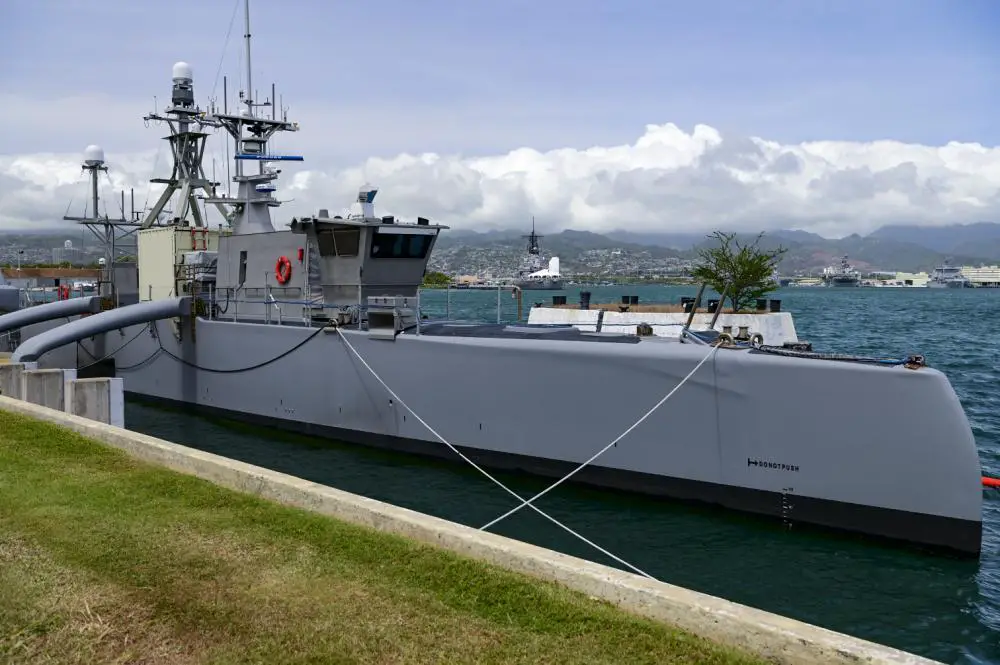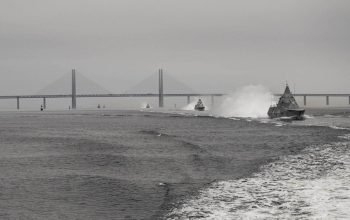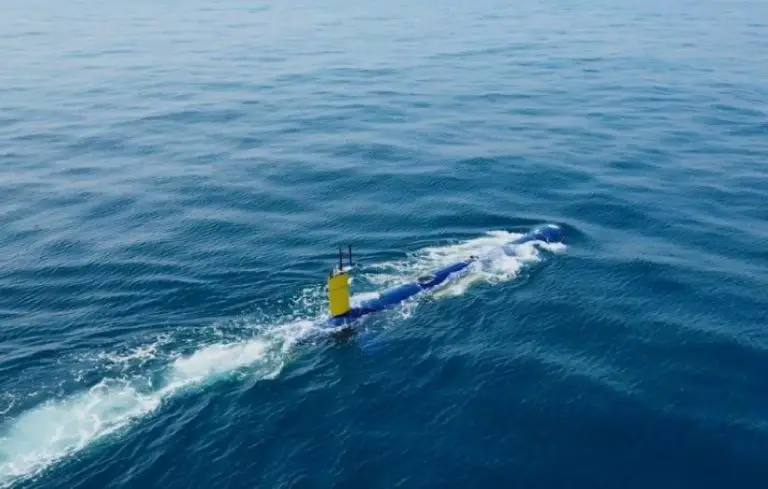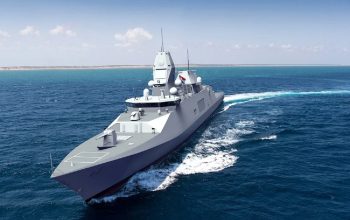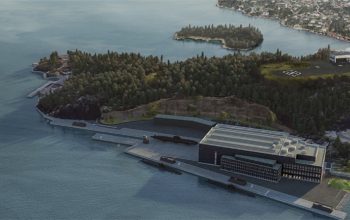Engineers assigned to Naval Surface Warfare Center, Corona Division recently installed Iridium Tracking units on four unmanned vessels in support of the Rim of the Pacific 2022, the world’s largest maritime exercise. The ITUs provided critical information like time, course, speed, latitude and longitude, allowing the Navy to track USV Sea Hunter, USV Sea Hawk, USV Ranger and USV Nomad on its Global Command Communications System-Maritime (GCCS-M). NSWC Corona Division has provided analysis and assessment for the Navy since 1964. With experience in gauging the Navy’s warfighting capability, NSWC Corona is a leader in NAVSEA data analytics. Corona utilizes networked data environments, data and visualization, and measurement technology to bridge the Navy’s data silos, enabling informed decision-making for the warfighter. Anchor to the Inland Empire Tech Bridge, NSWC Corona is located in Norco, California, with detachments in Fallbrook and Seal Beach and personnel in 14 additional locations.
“This is a new support role that we have been performing for the fleet as far as unmanned systems are concerned. We ensured those USVs had the proper space to mount the devices onto the vessels and also validated our ability to broadcast data through data paths and data link architecture, enabling critical tracking on our Commander, U.S. Third Fleet (C3F) common operational picture and recording in the Joint After Action Review-Resource Library (JAAR-L),” said Engineer Abraham Marcelo of the command’s Performance Assessment Department facilitated the installation of the ITUs ahead of the exercise.
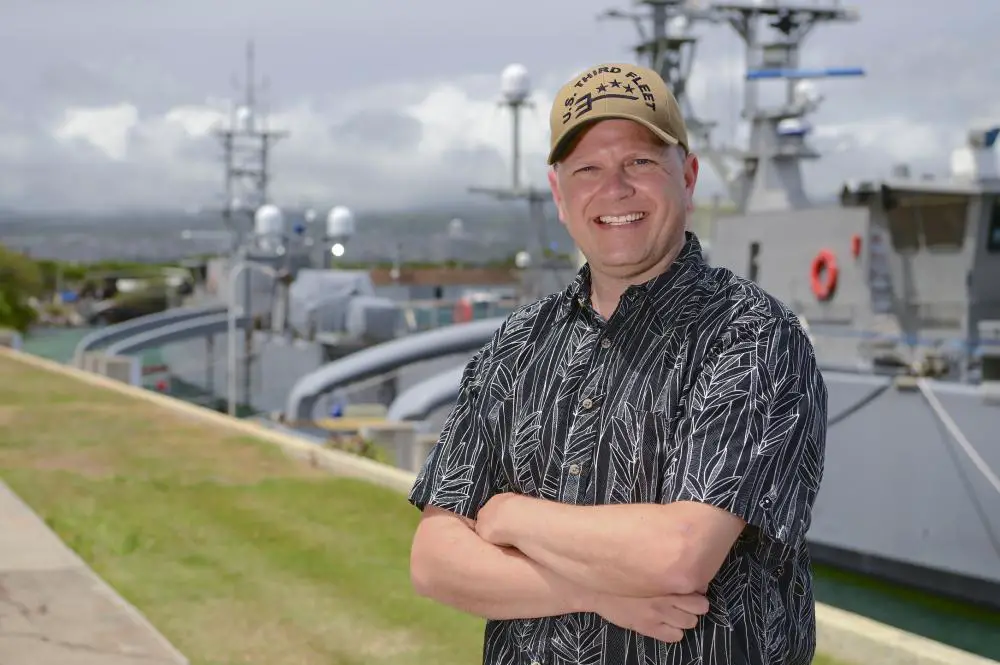
“The installation of these systems on the USVs demonstrates how the Warfare Centers integrate new capabilities and technologies into the fleet environment, where they can be utilized by the warfighter. Without that integration, you would see new capabilities developed but never making it to the fleet. The Warfare Centers create opportunities to directly experiment with or involve new capability sets that meet the demands of the warfighters before they are introduced to the fleet. The analysis piece that NSWC Corona provides allows us to have confidence and understand that the vessels do perform as designed,” said Science Advisor Joseph Brus, assigned to the NSWC Corona Expedition Systems Engineering Division.
For Rim of the Pacific (RIMPAC) 2022, the Unmanned Surface Vehicles transited between southern California and the Hawaiian Islands alongside manned Navy ships. As part of the exercise focused on collaboration between the United States and our capable, adaptive partners, the USVs were used to stress the capabilities of coalition forces in a maritime environment. The information received from the tracking devices was automatically fed into the Quantitative Fleet Feedback program, providing the fleet with data analysis and technical assistance from NSWC Corona analysts ashore. RIMPAC 2022 brought 26 nations, 38 surface ships, three submarines, nine national land forces, more than 30 unmanned systems, approximately 170 aircraft and more 25,000 personnel together for a successful exercise across all warfare domains.
